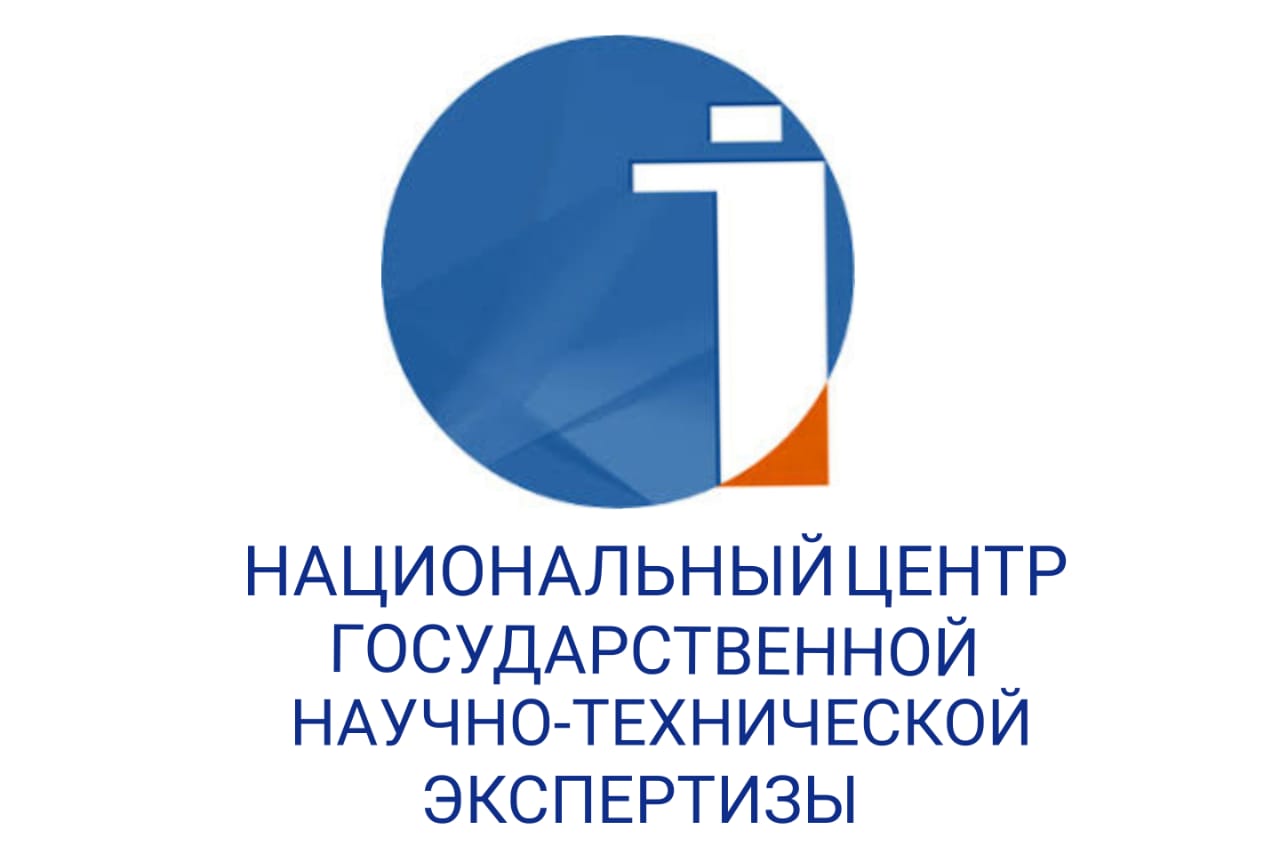ACHIEVING EQUIVALENCE IN TRANSLATING ENGLISH SLANG INTO RUSSIAN AND KAZAKH IN STEPHEN KING’S NOVEL “THE GREEN MILE”
DOI:
https://doi.org/10.48371/PHILS.2025.2.77.021Keywords:
equivalence, Stephen King, literary translation, slang, communicative purpose, artistic devices, situation description, pragmatic potentialAbstract
The issue of literary translation has long attracted the interest of both practicing translators and linguists. The lexical composition of a language is constantly evolving and being renewed. Modern vocabulary, including the emergence of new words in fiction, presents certain challenges for translators. The translation of slang is one of the pressing issues in contemporary translation studies. This article examines the challenges of translating slang expressions from English into Russian and Kazakh in Stephen King's novel “The Green Mile”.
The objective of this article is to investigate the methods of achieving equivalence in the translation of slang in literary texts. The scientific significance of the study lies in the insufficient exploration of slang translation problems. The comparative analysis is based on the five-level equivalence theory developed by the prominent translation scholar V.N. Komissarov. A comparative analysis of the translations of slang units, conducted with reference to the works of domestic and foreign scholars in the field of translation, contributes to the development of the theory, quality, and critique of literary translation from English into Russian and Kazakh.
The practical value of the research lies in the possibility of applying its findings in translation practice, particularly in the translation of fiction and films from English into Russian and Kazakh. As a result of the study, it was concluded that when translating slang expressions from the original into Russian and Kazakh, the translator must not only be an expert with a deep knowledge of translation theory and the respective languages, but also be able to accurately convey the pragmatic potential of the source text. This is largely achieved by applying the fifth level of equivalence, which ensures the fulfillment of the communicative goal. The practical relevance of this work may be of use to students, master’s degree candidates, and doctoral researchers in their academic studies.








